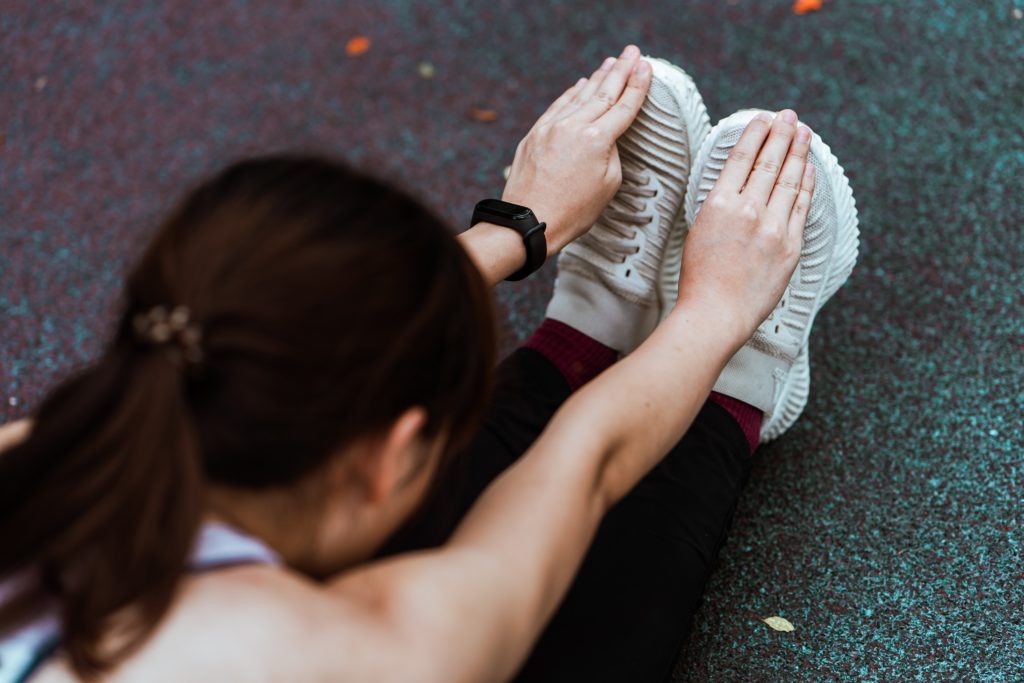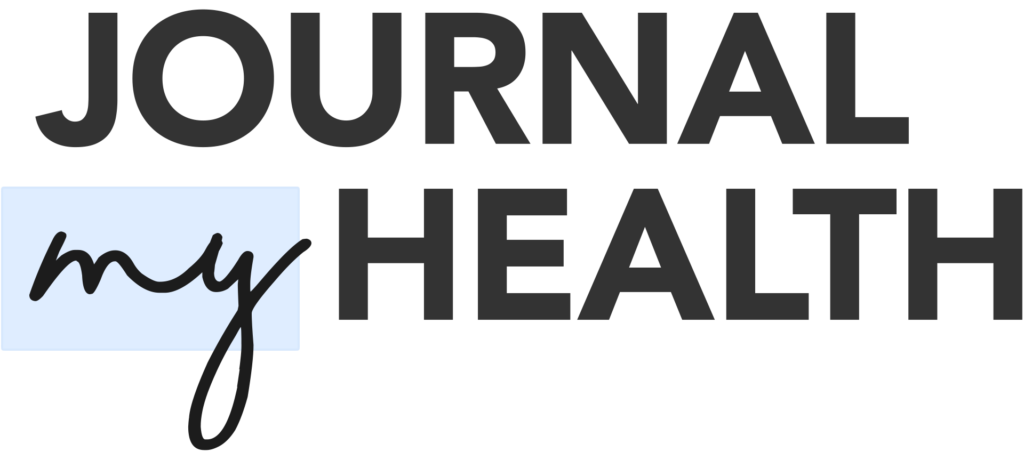Since their introduction, digital health wearables have grown at an astounding rate, more than 50% over the past few years. IDC estimates a half billion of the devices were sold in 2021 alone.
This rapid rise was on full display at the recent Consumer Electronics Show, which featured more than 100 different companies – ranging from blue chip brands like Abbot Laboratories, Fitbit, Peloton and Apple to new entrants like Zepp Health and Omron Healthcare – all showcasing new digital health wearables or features.
From blood pressure to glucose to ketones and even body temperature monitoring, these wearables do much more than just track your heartbeat or steps. They should rightly be considered complex medical devices, capable of robust remote health monitoring.
The immense amount of personal health data generated by these devices has the potential to spark a revolution in medical care and health outcomes. It could tip the scales on groundbreaking new treatments, uncover distinct factors causing disease, or transform our entire healthcare system.
Of course, this boundless optimism has its limitations and detractors. A recent report from Forrester pushed back on the potential for wearable-collected data, and quoted some skeptical clinicians.
“I need to be able to trust the accuracy of the data. Companies would need to publish large studies documenting the accuracy of wearables across populations,” said one Northern Californian physician.
This is a valid objection. Any time you bring together different types of data from disparate sources, you must first cleanse it before you can analyze it and draw any valid conclusions. Recording and sharing that data absent a clinician’s supervision also presents concerns about provenance because of variables like the quality of the device, environmental interference, security, and – of course – the human factor.

And data from remote health devices is easy for skeptical medical professionals to reject as simply a technology rather than a healthcare feature. Understandably, they are more inclined to rely on clinical study data, physician-observed data, and information from Electronic Health Records (EHRs).
But dismissing health wearable data out of hand is the wrong answer. The potential answers and insights are simply too valuable to ignore.
As a patient, entrepreneur and technology professional attempting to reconcile the challenges and opportunities of remote health data, I believe a better solution is to expand – rather than restrict – the available data set.
One of the underlying reasons behind the explosion in health wearables is precisely because traditional sources of medical data are insufficient. They often focus on recording crisis states rather than routine and normal health states. They do not capture the patient’s experience or issues outside of a healthcare setting. And – perhaps most importantly – patients often do not have access to or agency over this information.
Health wearables help supplement this traditional data, while giving patients a role in its collection. But my experiences as a chronic pain sufferer, as the founder of healthtech startup JournalMyHealth, and as a Chariot executive helping to shepherd client data projects, have all highlighted the important role self-reported data can also play in this mix.
Self-reported data differs from health wearables. It captures a more holistic sense of the patient experience, including environmental factors, emotions, and interactions. It provides clinicians with a more robust and accurate glimpse into the patient’s mental state, their lived experiences, and their point of view.
By adding self-reported data into the data stream alongside health wearables and traditional medical insights, we give clinicians a fuller picture. It also diminishes the importance of remotely captured health wearable inputs so that they are less likely to skew final assessments.
A wider and better single stream of data is better able to evaluate an individual’s health factors and determinants. At the same time, aggregating data can help us better understand macro population trends.
The future is bright indeed.

